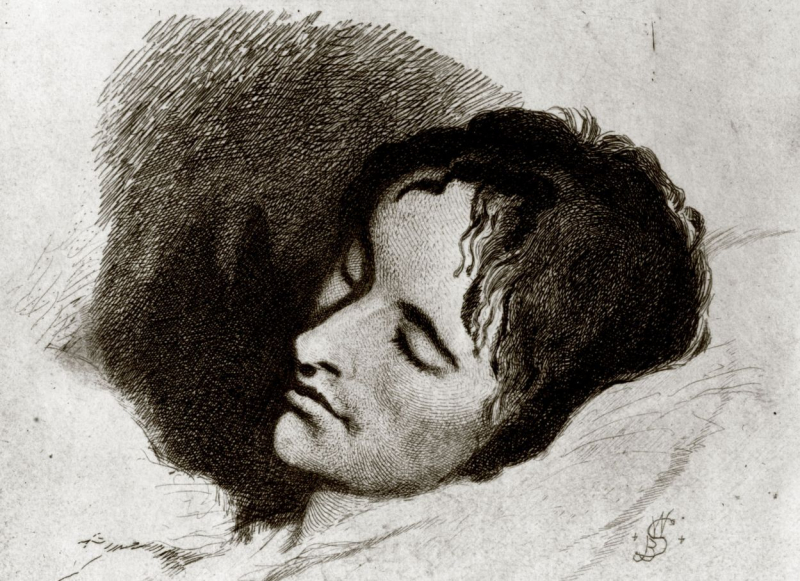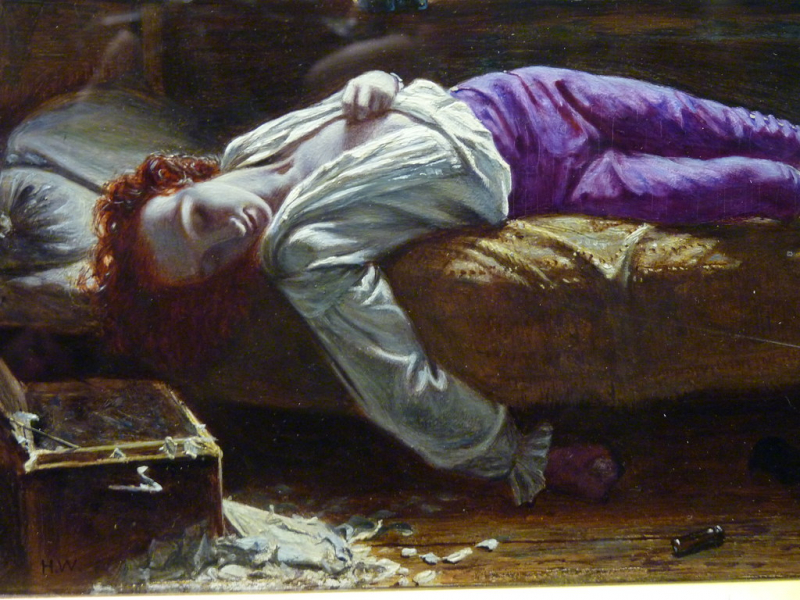His first full biography was written 27 years after his death
About 27 years after the death of John Keats, in 1848, his first full biography was finally brought to print by Richard Monckton Milnes. The project drew extensively on the papers and reminiscences of Keats’s friends, most notably Charles Brown (who had handed all his precious material to Milne in late 1840), Richard Woodhouse, Charles Dilke and Cowden Clarke. “Life, Letters, and Literary Remains of John Keats” was a major influence among the pre-Raphaelites and went a long way to establish Keats within the canon of English literature.
To quickly publish "The Memoirs and Remains of John Keats," his publisher and Woodhouse were the first in the sector. Brown and George Keats, two significant individuals in John's life, did not, however, provide the necessary aid. Brown was one of the people who disapproved of George's treatment of Keats and believed that the poet was a traitor, a liar, and a monster. Brown, who planned to write his own book, was denied access to any materials by George, who viewed Keats' buddy as a speculator. Brown, Taylor, and Reynolds would later get into more fights, destroying any possibility of an early biography.












